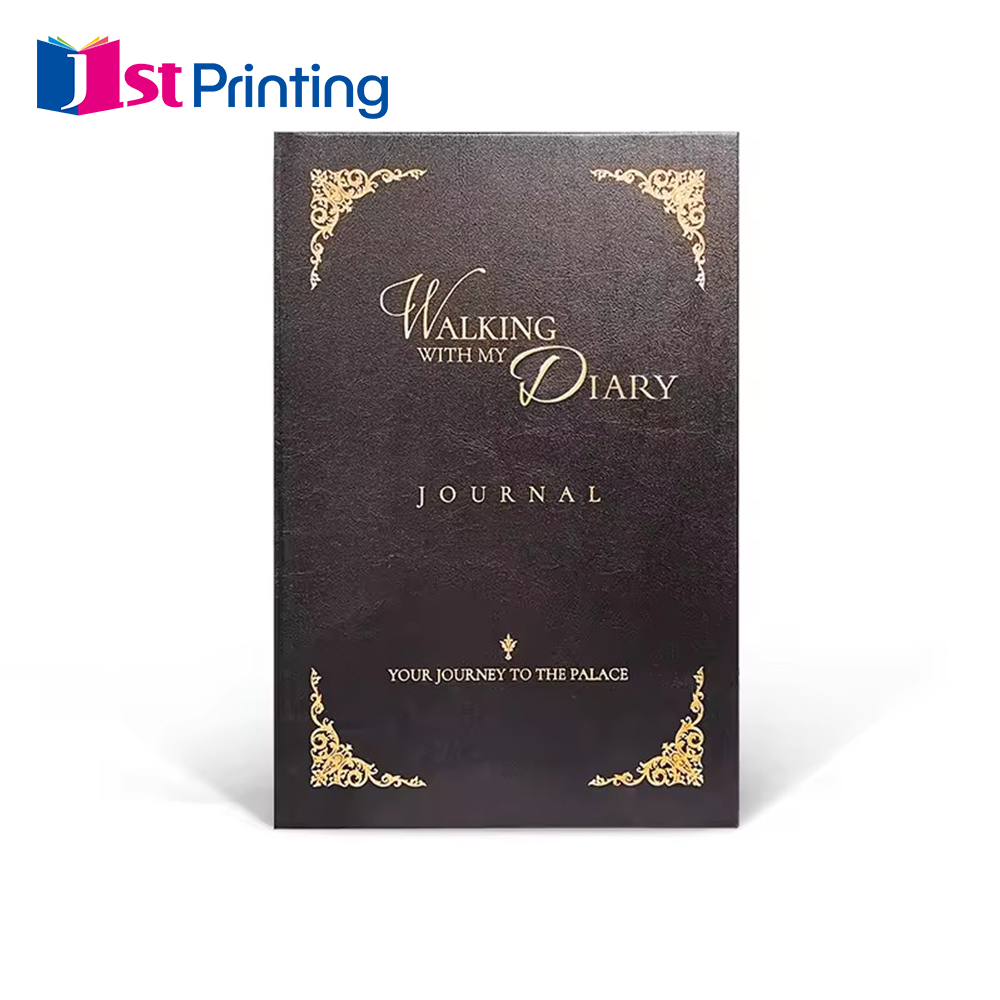Tips for Customizing Book Binding Styles
Understanding Custom Book Binding
Custom book binding is basically when someone puts together a book exactly how they want it, making sure the pages stay secure while meeting particular design needs. The beauty of this method lies in how flexible it can be. Authors, artists, even small businesses get to put their own stamp on things. They might pick from various binding styles like wire-o for that spiral look or go with perfect binding for something sleeker. Paper choices matter too along with all sorts of decorative touches. There are so many ways to make each book special depending on what vision the creator has in mind for their project.
Custom book binding does more than just look good. It actually improves how books function while making them visually striking for creative projects across different fields. Take publishing, fashion design, or educational institutions for instance. When someone picks up a professionally bound book versus something hastily put together, their whole impression changes completely. Custom binding lets creators make products that last longer and catch attention right away. These days, when so many books flood the market, standing out matters a lot. So really, custom book binding isn't just some small finishing touch. It becomes part of what makes a creative work successful and recognizable in its own right.
Popular Custom Book Binding Styles
There are several popular custom book binding styles, each with unique characteristics, catering to different needs. Understanding these styles can help you select the best option for your project.
1. Perfect Binding
This style is frequently used in professional publications like paperback books and magazines. It offers a clean and polished spine, creating a sleek and professional appearance. A significant advantage is its cost-effectiveness, especially for large print runs, while still providing a professional look.
2. Saddle Stitch Binding
This method gets praised a lot because it doesn't break the bank, which is why many people go for it when dealing with thin booklets and catalog stuff. What happens during saddle stitch binding? Well basically, they take those paper sheets, fold them right down the middle, then run a staple right through that folded edge. Pretty straightforward stuff really. Most print shops find it super simple to put together, so it works great when someone needs something made quickly for smaller jobs. The whole thing just clicks together so easily that it's become the go-to option for things like promotional flyers, internal reports, and those little booklets businesses hand out at trade shows where speed matters most.
3. Spiral Binding
This binding technique is celebrated for its flexibility and practicality, particularly for documents such as notebooks and workbooks. The spiral allows pages to lay completely flat, making it convenient for users to write on. It's a favored option for cookbooks, training manuals, and other documents that require frequent use.
4. Wire-O Binding
Wire-O binding gives documents that polished look while standing up to regular handling, which makes it great for things like presentations or annual reports. What really sets this method apart is how those little wire combs let pages flip all the way around without any trouble getting stuck. That means no fighting with stubborn pages when someone wants to check different sections during meetings. We see this kind of binding everywhere from corporate financial statements to photography portfolios online these days. For anyone who cares about both looking good and actually being able to use their documents properly, Wire-O just works better than most alternatives out there.
5. Case Binding
Case binding, sometimes called hardcover binding, stands out because it combines strength with a touch of luxury. Most people associate this method with quality when they pick up a book from store shelves. Publishers love using it for those fancy coffee table editions and serious novels that need to last through multiple readings. The reason? It creates a solid cover that actually keeps pages safe from damage over years of handling. Book collectors especially appreciate how well these bindings hold up compared to cheaper alternatives on the market today.
Crafting Unique Projects with Custom Book Binding
Making your own journals and diaries from scratch at home feels really satisfying somehow. It gives people a special way to keep track of what's going on in their heads and preserve those little moments we all want to remember. There are plenty of easy ways to bind them together too - things like saddle stitch methods where pages get folded and sewn through holes, or even traditional Japanese bindings that look super neat when finished. When someone actually puts time into creating something themselves, it changes how they interact with their journal completely. The paper feels different between fingers, the cover has meaning because it was chosen specifically, and looking back months later there's always that extra connection knowing exactly where each entry came from.
Creating custom planners through bookbinding services meets those unique planning needs so many people have these days. When someone wants a planner that really works for how they organize things, this approach lets them get exactly what fits their workflow best. The real magic happens when picking the right binding method though. Spiral bindings work great for folks who flip pages a lot, while Wire-O offers something sturdier without sacrificing that professional look everyone seems to want nowadays. Most people find that getting something both functional and nice looking makes all the difference in sticking with their planning habits long term.
Scrapbooking gives people a chance to get creative with custom book binding techniques. Hobbyists love mixing different stuff together decorative papers, scraps of fabric, buttons, ribbons, even old ticket stubs to make something truly special. Many pros suggest going with case binding when making something that needs to last longer. The method creates a sturdy cover that feels nice to hold and makes all those precious photos and memorabilia stand out better. What's really cool about this approach is how it turns what might just be a collection of memories into something beautiful that families will want to keep for generations.
Step-by-Step Guide to Choosing the Right Binding Style
Picking the right binding style depends on several things including what someone can spend, how they plan to use the book, and how long it needs to last. Different bindings cost different amounts and hold up differently over time, making a real difference in the finished item. Take perfect binding for example it's pretty cheap and looks good enough for things that don't get handled much. But if something needs to survive regular flipping through or rough treatment, then wire-o or hardcover bindings tend to work better because they just hold together longer. The actual content matters too. Art books especially need special attention since pages often need to lie flat when opened. That's why some folks go with Smyth sewing or screw posts these methods let the pages spread out without folding awkwardly.
Assessing your project's needs methodically can simplify the selection process. Here's a structured list to help identify your unique requirements:
1. Evaluate the Purpose
Determine the primary use of your book. Is it a presentation, a portfolio, or a novel?
2. Consider Page Count
More pages may necessitate a stronger binding method.
3. Determine Expected Use
Will the book be flipped through frequently, or is it meant for occasional handling?
4. Decide on Aesthetic Preferences
Do you desire a specific look, such as a glossy finish or a vintage matte?
5. Identify Budget Constraints
Establish a financial plan that accommodates your binding preferences.
By systematically addressing these aspects, you can choose a binding style that not only complements the design objectives but also meets practical requirements.
Recommended Products for Custom Book Binding
Discover a range of products that enhance the custom book binding experience with their unique designs and functional benefits.
Firstly, explore Cards Customizable Designs, Vibrant Colors, Durable Materials, which offers wholesale printing options for a variety of cards, including affirmation and tarot cards. This product stands out by providing vibrant color options and durable materials, ensuring the custom experience is both creative and lasting.

Next, consider the Planner Book: Organize Your Life, Set Goals. This personalized planner is a must-have for anyone aiming to enhance organization and goal-setting skills. With features tailored for daily, weekly, and monthly planning, it is an invaluable tool for boosting productivity and achieving personal goals.

Lastly, the Customized Note Book Printing Monthly series provides continuous access to unique designs with its subscription services. It is perfect for those who value variety and uniqueness in their stationery, ensuring fresh and creative content with every delivery.

Tips for Successful Custom Book Binding Projects
Executing successful custom book binding projects requires selecting high-quality materials. Opt for durable paper types like acid-free, archival-quality paper and robust binding materials such as linen or cotton threads. These choices ensure longevity and give the end product a premium feel, essential for both personal projects and commercial publications.
Knowing about different book binding methods makes a real difference when working on print projects. There are several options available including perfect binding, spiral binding, and case binding, all with their own strengths. Take perfect binding for instance it gives that neat professional appearance ideal for paperbacks. Spiral binding works great for things like technical manuals or student workbooks because pages actually lie completely flat when opened. Each method serves specific purposes depending on what kind of document needs to be produced.
Steering clear of those annoying little errors really makes a difference when working on custom book bindings. A big problem people run into? They forget about something called the "creep" effect in saddle stitched books. What happens is simple but frustrating the pages slowly work their way out from the back over time. That's why smart folks plan ahead for this issue before starting any project. Talking to actual binding experts pays off big time too. These pros know all the tricks to prevent problems like page slippage and guarantee that whatever gets bound ends up looking professional and lasting longer than most DIY attempts.























